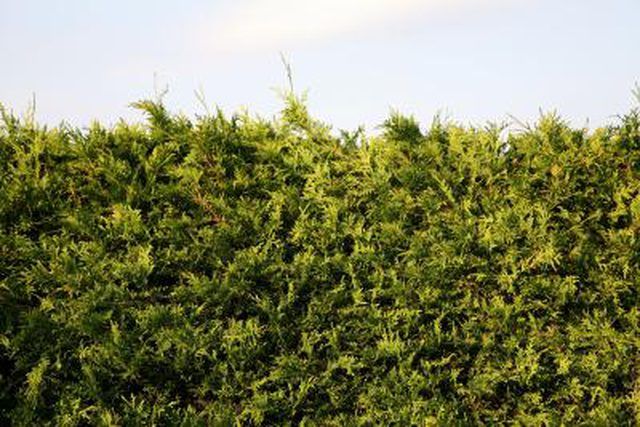Bulbs
Flower Basics
Flower Beds & Specialty Gardens
Flower Garden
Garden Furniture
Garden Gnomes
Garden Seeds
Garden Sheds
Garden Statues
Garden Tools & Supplies
Gardening Basics
Green & Organic
Groundcovers & Vines
Growing Annuals
Growing Basil
Growing Beans
Growing Berries
Growing Blueberries
Growing Cactus
Growing Corn
Growing Cotton
Growing Edibles
Growing Flowers
Growing Garlic
Growing Grapes
Growing Grass
Growing Herbs
Growing Jasmine
Growing Mint
Growing Mushrooms
Orchids
Growing Peanuts
Growing Perennials
Growing Plants
Growing Rosemary
Growing Roses
Growing Strawberries
Growing Sunflowers
Growing Thyme
Growing Tomatoes
Growing Tulips
Growing Vegetables
Herb Basics
Herb Garden
Indoor Growing
Landscaping Basics
Landscaping Patios
Landscaping Plants
Landscaping Shrubs
Landscaping Trees
Landscaping Walks & Pathways
Lawn Basics
Lawn Maintenance
Lawn Mowers
Lawn Ornaments
Lawn Planting
Lawn Tools
Outdoor Growing
Overall Landscape Planning
Pests, Weeds & Problems
Plant Basics
Rock Garden
Rose Garden
Shrubs
Soil
Specialty Gardens
Trees
Vegetable Garden
Yard Maintenance
How to Revive a Dying Cedar Hedge
How to Revive a Dying Cedar Hedge. Cedar hedges discolor and die back for many reasons. The most common causes stem from misunderstanding the plants cultural requirements. According to North Dakota State University, cedars are low maintenance compared to other shrubs, but it is not a no-maintenance genus. Without proper care, the plants are...

Cedar hedges discolor and die back for many reasons. The most common causes stem from misunderstanding the plants cultural requirements. According to North Dakota State University, cedars are low maintenance compared to other shrubs, but it is not a no-maintenance genus. Without proper care, the plants are stressed, become weak and attract opportunistic insects and diseases that do further damage. If the shrubs are still alive with some remaining green foliage, you can attempt to save the plants allowing a few seasons to let the hedge recover.
Things You'll Need
Water & hose
Gloves
Long sleeve shirt
Rake
Secateurs
Loppers
Mulch
Soil test kit
Dolomitic lime
Fertilizer
Water the soil around the cedar hedges immediately and deeply. Maintain evenly moist, but not soupy wet, soil at all times or cedars discolor and die back from persistent drought stress.
Don a pair of gloves and a long sleeve shirt and insert your hand and arm into the hedge's interior. Gently swish you hands around to dislodge all of the loose dead foliage and allow it to fall to the ground. This creates better airflow and sunlight penetration within the shrub and helps prevent disease and insects from breeding in the build up of decaying foliage.
Prune broken and clearly dead or diseased branches. Do not cut any branches with green foliage remaining at the tips.
Rake all the dead brown foliage and branch cuttings that drop out of the canopy. Discard them, leaving a clean soil surface.
Laying down a several inch blanket of coarse mulch helps keep the roots moist and cool and weeds away. Replenish the mulch once or twice a year, as it breaks down into the soil.
Test the soil for nutrients and soil pH. Maintain a pH between 6.0 and 6.5. Amend overly acidic soils less than a 6.0 pH with dolomitic lime.
Fertilizer the hedge plants in the early spring or late fall. Apply the fertilizer lightly over rehydrated and very moist soil. If the hedges were exposed to excessive fertilizer that may have caused the dieback, do not add more fertilizer. If in need of fertilizer, use a slow release product with a guaranteed analysis of 12-6-3 or 16-6-6. Apply lightly according to product label directions and always err on the side of less not more fertilizer when in doubt. Water in deeply.
Tips & Warnings
• The plant needs replacing if all its the foliage is been discolored or shed.